11 Common Mistakes Vintage Pyrex Collectors Make and How to Avoid Them
When it comes to collecting vintage Pyrex, even the most experienced collectors can make a few missteps that could affect the value and condition of their pieces. From improper cleaning to overlooking small signs of wear, these mistakes can be easily avoided with the right knowledge. In this guide, we will highlight some of the most common pitfalls collectors face and share simple tips to protect and preserve your collection.
This post may contain affiliate links, which helps keep this content free. Please read our disclosure for more info.
Using Harsh Cleaners on Vintage Pyrex

One of the most common mistakes made by vintage Pyrex collectors is using harsh cleaners or abrasive scrubbers to clean their pieces. These cleaning methods may seem effective, but they can cause irreparable damage to the glass surface. Strong chemicals can strip away the paint or design, leaving the piece looking faded or discolored. Similarly, abrasive scrubbers can leave permanent scratches, diminishing the value of the Pyrex. It is best to clean vintage Pyrex with gentle dish soap and a soft cloth or sponge to preserve its beauty and integrity.
Furthermore, many collectors fail to realize that Pyrex, like other glassware, is susceptible to thermal shock. Sudden temperature changes, such as pouring hot water into a cold Pyrex dish, can cause it to crack. For this reason, it is important to avoid aggressive cleaning methods that involve extreme temperatures or harsh products. By using the right cleaning techniques, collectors can ensure their Pyrex remains in excellent condition for years to come.
Ignoring the Condition of the Pyrex
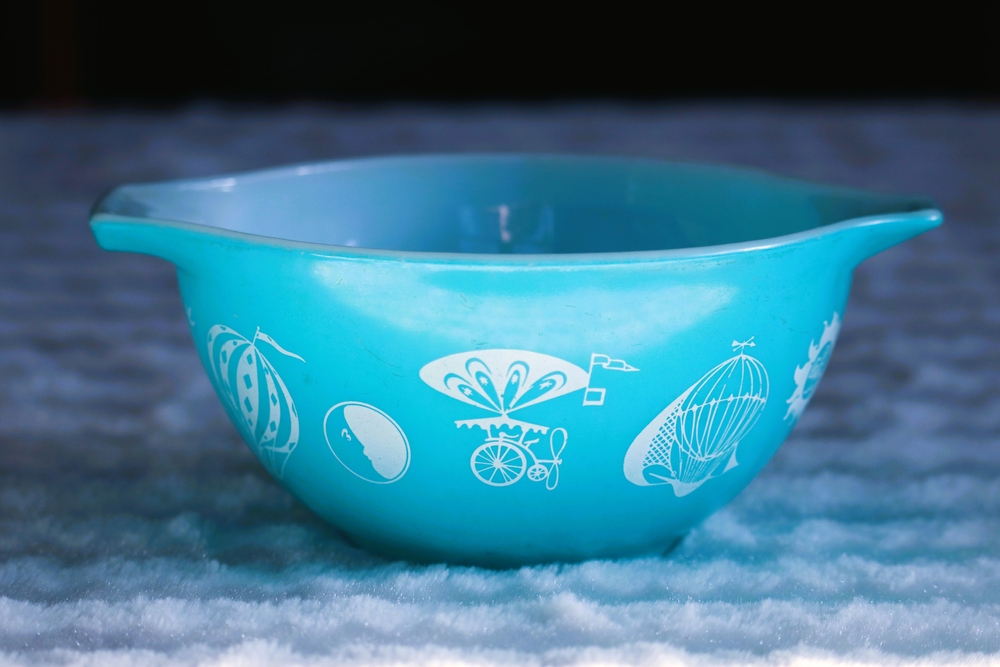
Overlooking the condition of vintage Pyrex is another common mistake collectors make, and it can significantly impact the value of a piece. While it may be tempting to buy a Pyrex dish because it looks beautiful from a distance, small imperfections can drastically reduce its worth. For example, tiny chips or cracks around the rim or base are often invisible at first glance, but they can weaken the glass and affect its functionality. Collectors should always scrutinize pieces, looking for subtle signs of wear or damage that could affect their long-term value.
It is also crucial to check the condition of the design itself. Some vintage Pyrex designs, such as those with bright colors, are prone to fading or chipping over time. Even slight fading can decrease the collectible value of a piece, especially for rare or sought-after designs. A thorough inspection should include checking for any discoloration, wear marks, or signs of repair that could affect the overall condition of the piece.
Not Storing Pyrex Properly
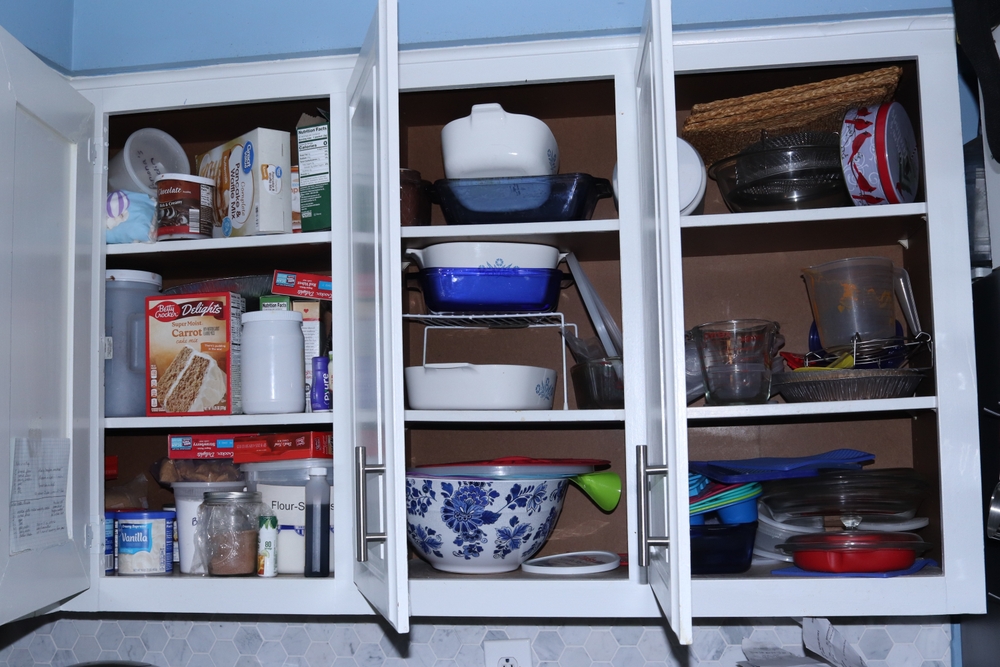
Another mistake collectors make is failing to store their Pyrex correctly, which can lead to significant damage over time. Storing vintage Pyrex in areas with fluctuating temperatures, such as near windows or in a damp basement, can cause the glass to crack. Similarly, putting pieces in places where they can be knocked over or scratched can lead to irreversible damage. To protect valuable Pyrex, it is important to store it in a cool, dry, and consistent environment, away from extreme temperature changes.
The way Pyrex is stored also plays a role in maintaining its condition. Stacking pieces without proper padding or separating them with soft materials can cause scratches, chips, or even cracks. It is best to store Pyrex in dedicated containers or display cabinets, where each piece has enough room to be properly supported. For collectors who want to keep their Pyrex in pristine condition, investing in padded shelves or protective storage boxes can help prevent unnecessary wear.
Washing in the Dishwasher
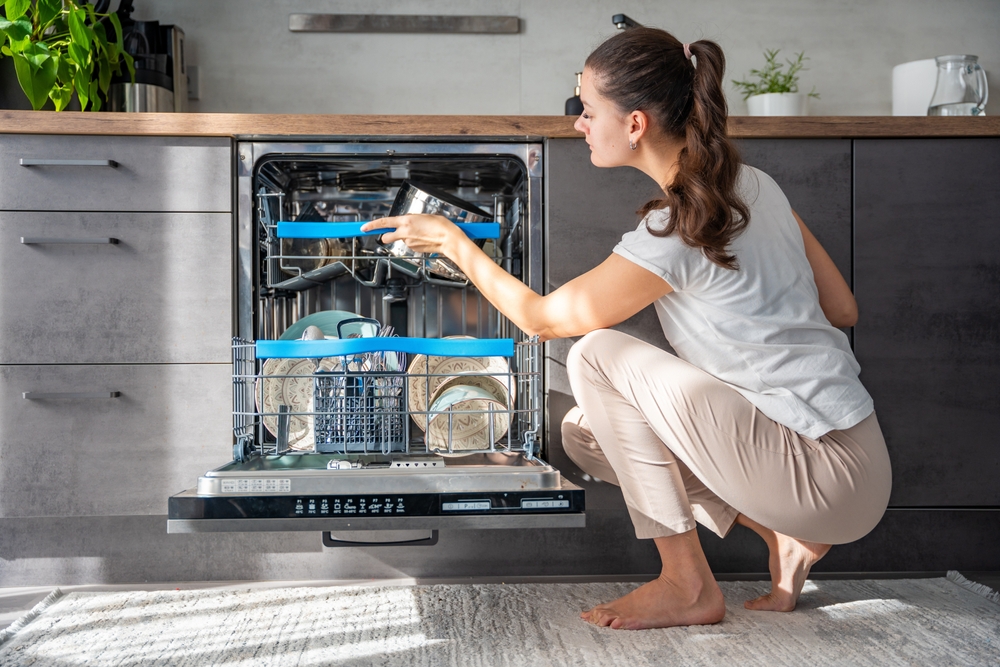
Many collectors mistakenly believe it is safe to wash vintage Pyrex in the dishwasher, but this can be a significant mistake. The heat and chemicals used in the dishwasher can cause the glass to weaken over time, and the intense water pressure can damage delicate designs. Pyrex, especially older pieces, was not designed to withstand modern dishwashing methods. The dishwasher can lead to faded patterns, cracked glass, or even chipped edges, especially if the glass is placed too close to other items in the dishwasher.
Hand washing is always the best option for vintage Pyrex, as it is gentler on the glass and design. Use a mild dish soap and a soft cloth or sponge to clean the piece, being careful not to scrub too aggressively. This approach ensures that the Pyrex stays in excellent condition and preserves its value. While it may take more time than simply throwing it in the dishwasher, hand washing is an investment in the longevity of the piece.
Not Understanding the Value of Pyrex
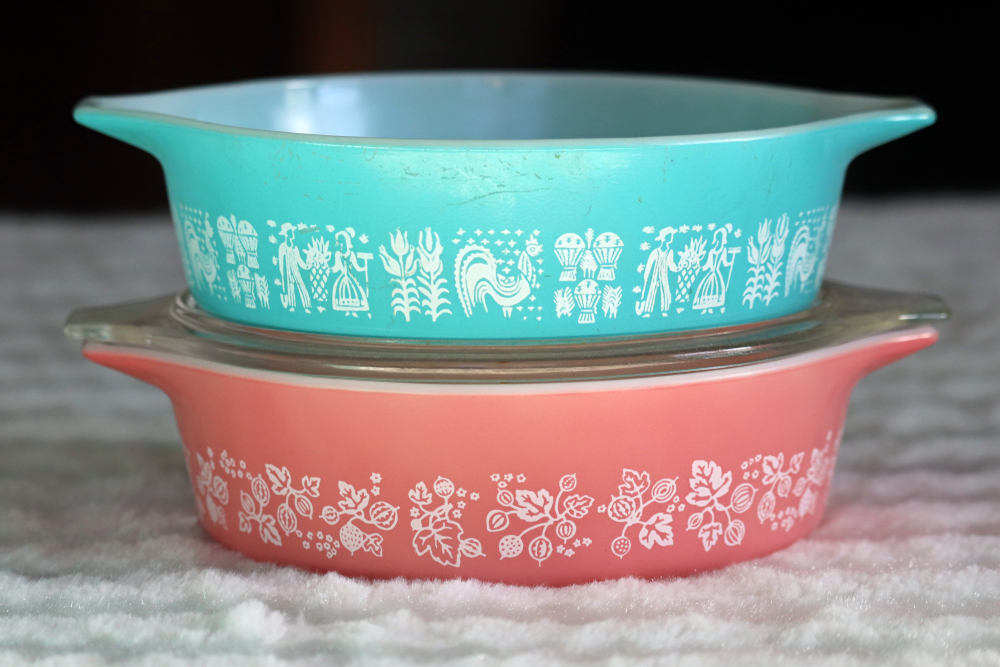
Collectors often make the mistake of underestimating or overestimating the value of their vintage Pyrex pieces. The value of a Pyrex item depends on several factors, including its rarity, condition, and design. For instance, pieces from limited-edition lines or certain color variations can fetch much higher prices than more common ones. However, many collectors fail to recognize the true value of their pieces, either selling them for too little or passing on items that could be valuable.
To avoid this mistake, collectors should research the current market value of Pyrex items before purchasing or selling. This includes checking auction sites, visiting collector forums, or consulting with experts who specialize in vintage glassware. Understanding the value of Pyrex pieces helps collectors make informed decisions and avoid losing out on valuable opportunities to buy or sell.
Using Pyrex for Cooking Beyond Its Intended Purpose

Pyrex is a durable and versatile glassware brand, but it was not designed to be used in every cooking situation. Some collectors make the mistake of using vintage Pyrex for cooking methods it was not intended for, such as direct flame exposure or high-temperature stovetop use. While Pyrex is oven-safe, extreme temperatures or rapid temperature changes can cause the glass to break or crack. It’s essential to stick to the recommended uses for vintage Pyrex to preserve both its functionality and value.
Using Pyrex for decorative purposes or as part of a collection is generally a better choice. This helps protect the piece from potential damage caused by improper use. For those who want to display their Pyrex, consider using it for serving or as a centerpiece instead of using it for high-heat cooking applications.
Overlooking the Importance of Backstamps
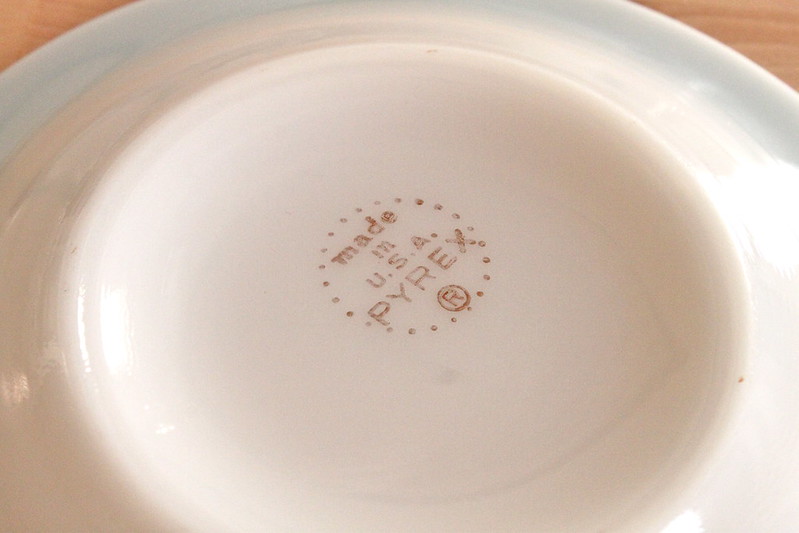
Many collectors make the mistake of not paying attention to the backstamps on vintage Pyrex, which can be crucial for determining its authenticity and age. The backstamp refers to the markings on the bottom of the piece that often include the manufacturer’s name, logo, and sometimes the year of production. A common mistake is assuming all Pyrex pieces are the same, but different eras of Pyrex have different backstamps, and understanding this is essential for determining a piece’s value.
Collectors should familiarize themselves with the various Pyrex backstamps to identify pieces accurately. The markings can help assess the rarity and origin of a piece, with some backstamps indicating special editions or limited releases. Pay close attention to these details when purchasing or evaluating Pyrex, as they can significantly impact its worth.
Ignoring Pyrex’s Original Packaging
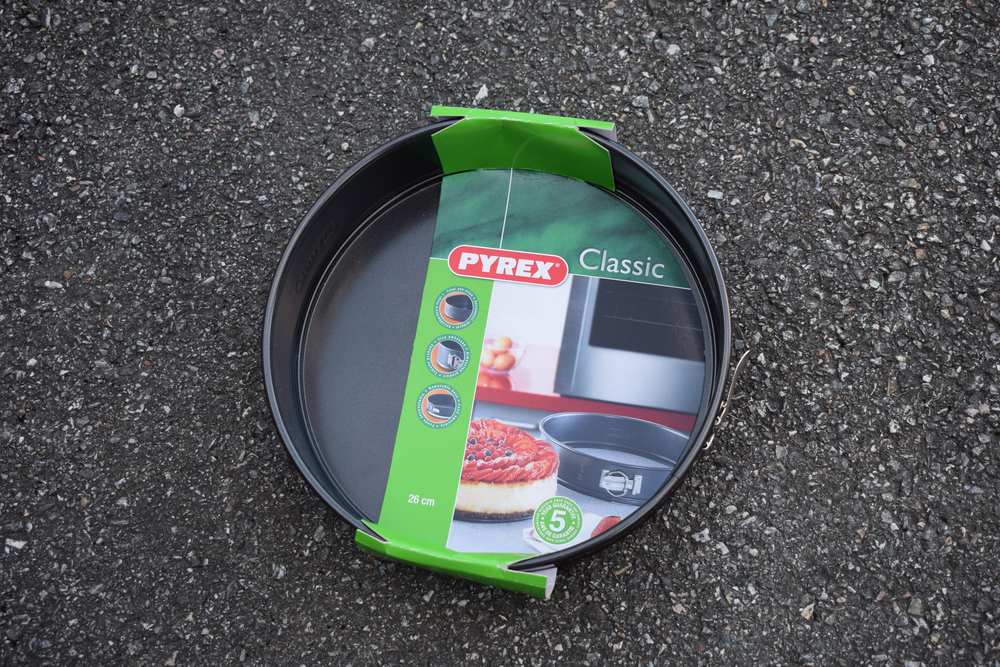
Another mistake made by collectors is disregarding the importance of original packaging, especially for rare or limited-edition Pyrex sets. Some Pyrex items, such as promotional pieces or special collections, came with branded boxes or unique packaging that can increase their value. The packaging can serve as proof of authenticity and help preserve the condition of the Pyrex. Unfortunately, many collectors throw away or discard these boxes, not realizing they contribute to the overall value of the collection.
If you are fortunate enough to find Pyrex with its original packaging, it’s worth preserving the box in a safe place. Even if the packaging is not in perfect condition, it can still add value to the piece. Original packaging, combined with the Pyrex itself, makes for a more complete and valuable collectible.
Purchasing Pyrex Without Checking for Repairs

Some collectors purchase Pyrex pieces without checking if the item has been repaired. Pyrex items that have undergone repairs, such as glue or epoxy fixing, may look good on the surface, but these repairs can severely diminish the value of the piece. It is important to inspect the glass for any signs of previous damage, such as cracks that may have been filled in. Even if the repair is not immediately obvious, it can affect the structural integrity and value of the piece.
To avoid this mistake, collectors should learn how to identify signs of repair, such as uneven surfaces or slight discoloration around the cracks. Always ask the seller if the item has been repaired or altered in any way before purchasing. Taking the time to verify the condition of a piece can save collectors from overpaying for a Pyrex item that is not in original condition.
Overlooking the Influence of Design Trends
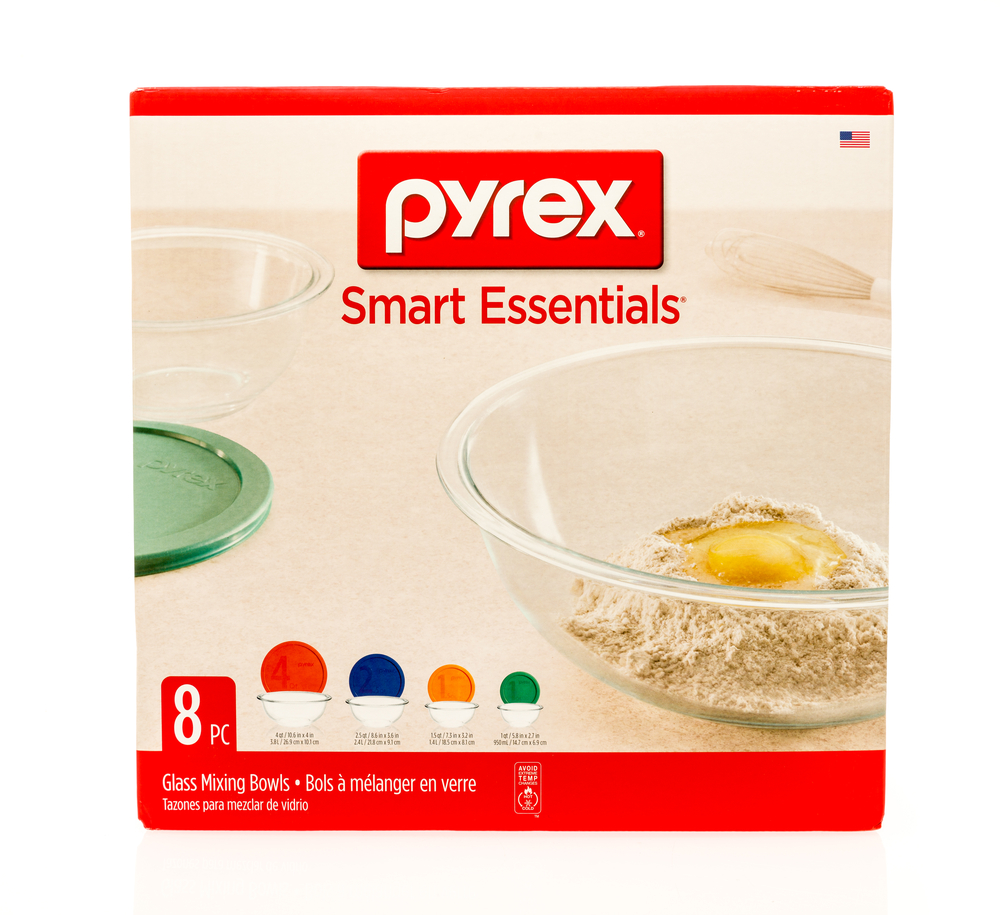
Another common mistake is ignoring design trends when assessing the value of Pyrex. Certain Pyrex designs are more popular or valuable due to current trends in vintage collecting. For example, patterns from the mid-century modern era or rare color variations can command higher prices than more common designs. Collectors who do not stay updated on design trends may overlook pieces with great potential value.
By staying informed about current trends in vintage Pyrex collecting, collectors can identify undervalued pieces that may increase in value over time. Regularly checking collector websites, auction sites, and social media groups can help you track emerging trends and make more informed purchases. Understanding how design influences value can greatly improve a collector’s ability to build a valuable collection.
Ignoring the Importance of Color Variations
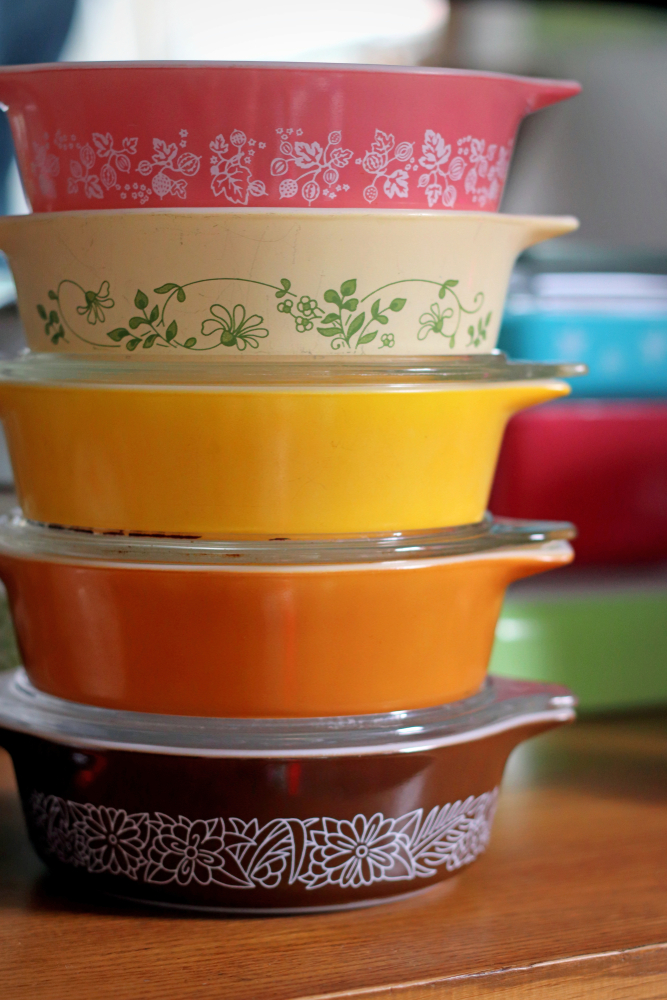
One common mistake made by collectors is underestimating the value of color variations in Pyrex pieces. Certain color variations, such as rare hues or discontinued shades, can drastically increase the value of a piece. For example, the red or orange colors in the Pyrex “Butterprint” or “Snowflake” patterns are highly sought after by collectors. Many collectors overlook the significance of these variations and may assume that all colors are equally valued, but the rare colors are often the most valuable.
Understanding which colors are rarer can help collectors prioritize their acquisitions. Researching color trends and keeping an eye on what is considered rare in the market can guide collectors in making informed decisions. Knowing the history behind certain colors and their production runs will also provide more insight into their value in the world of vintage Pyrex.
This article originally appeared on Avocadu.
